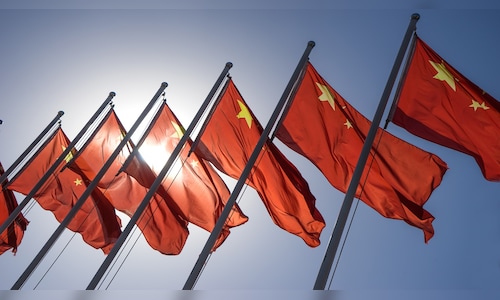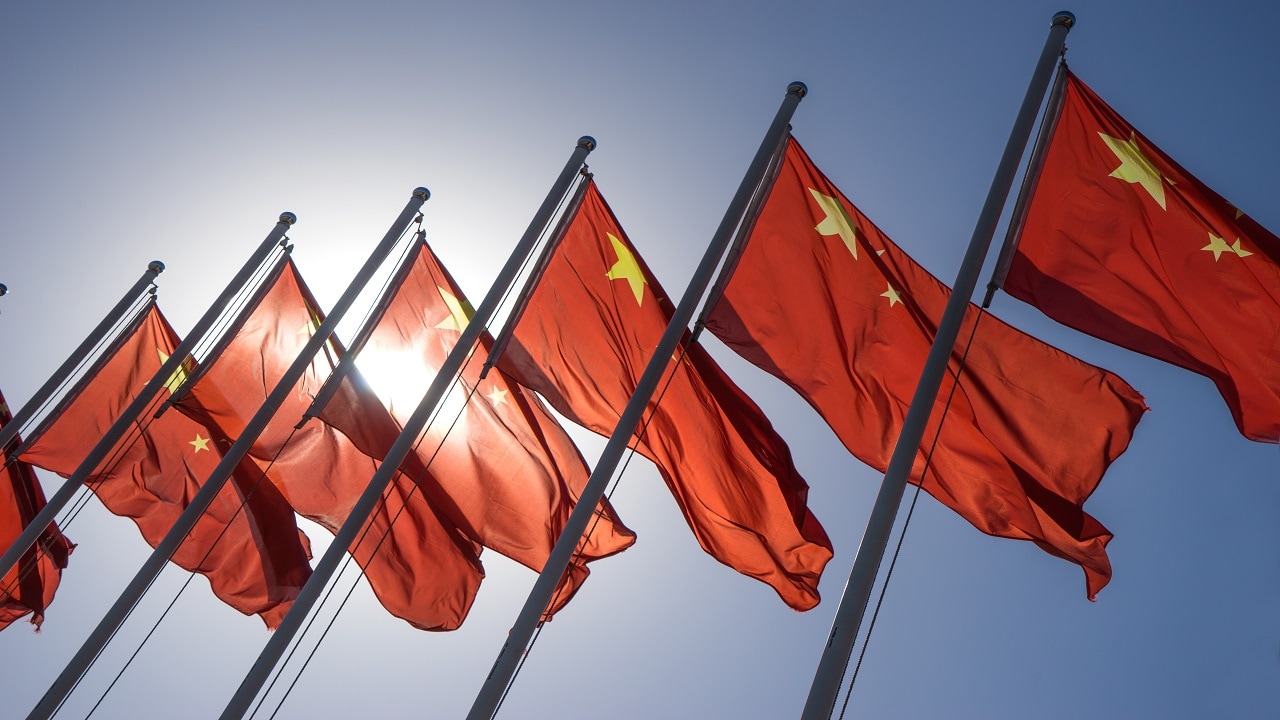

| Company | Value | Change | %Change |
|---|
The consumer price index rose 0.1% from a year earlier, the National Bureau of Statistics said Thursday, compared with a 0.2% gain in the previous month. The median forecast of economists surveyed by Bloomberg was 0.1%.
Factory deflation extended into a 27th month, though the producer price index recorded a slower drop of 2.3% compared to November.
The persistence of deflationary pressures in China is in stark contrast to other major economies, with elevated inflation risks flagged by US Federal Reserve officials and euro-area price growth accelerating last month. The worry for Beijing is that an entrenched cycle of price decreases threatens to hold back household spending for longer and damages corporate revenues so much that it stifles investment and leads to further salary cuts and layoffs.
“A soft outlook for household demand is the driving force behind our expectation for a near-absence of inflation in 2025,” Toronto-Dominion Bank senior economist Andrew Hencic said in a report this week. “The risk is that this spirals into a deflationary trap, where falling prices create a self-reinforcing loop of delayed demand, increased savings, and further economic weakness.”
Officials led by President Xi Jinping last month made boosting consumption and domestic demand the top priority this year for only the second time in at least a decade. They have pledged to use greater public borrowing and spending as well as monetary easing to spur growth in 2025.
But economists including Robin Xing of Morgan Stanley believe the Chinese government faces a prolonged battle to reflate the economy and shift sentiment.



